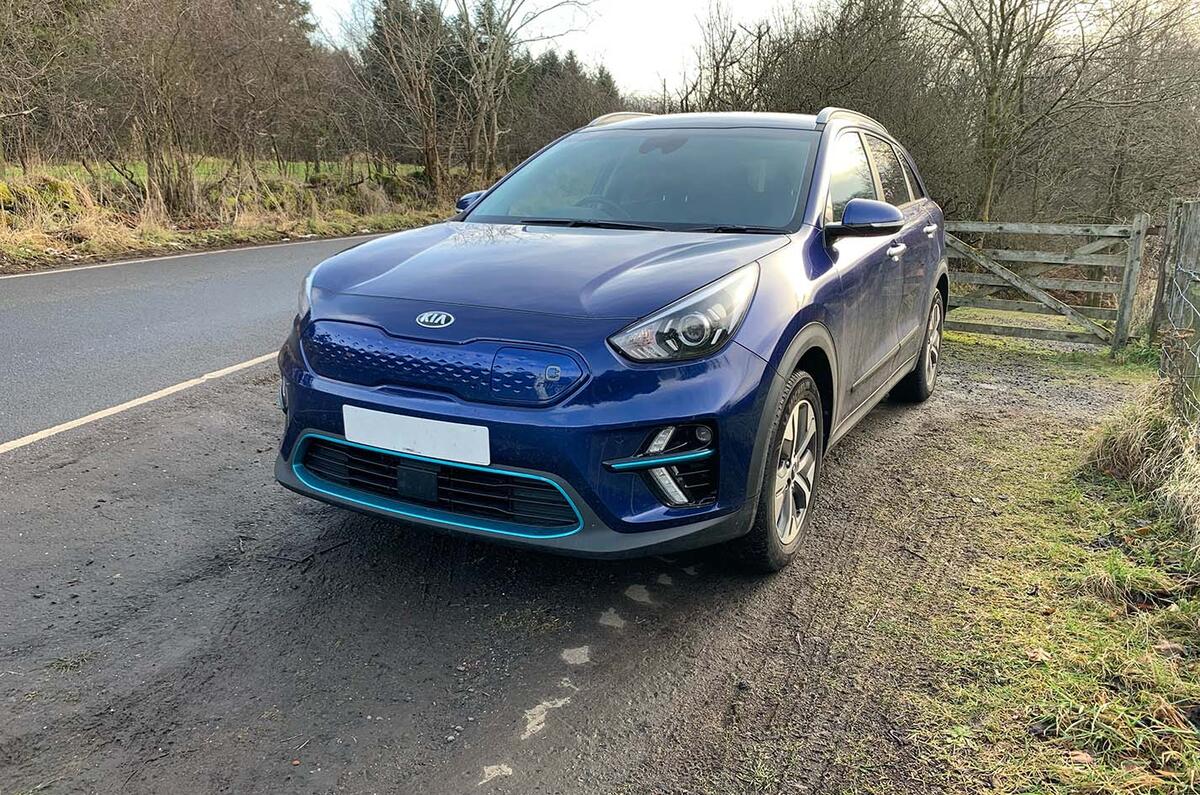A year ago, I took the plunge and swapped my daily BMW X5 M and my wife’s 12-month old Ford Puma for a Kia e-Niro 3 64kWh and a Renault Zoe R135 (50kWh battery).
When the Hyundai Kona Electric first came out in 2018 it was, what I reckon to be, the first of the “affordable” EVs with a meaningful range, I drove it the 350 miles from home in Oxfordshire to Edinburgh and back to find out what the realities were and write about it in Autocar. It wasn’t a token trip for me, but one I was doing several times a year to visit family.
I’m a tech-nut and wanted it to work but at the same time, I won’t make allowances for things that don’t. If EVs are to be a substitute for conventional cars, they have to cost the same and deliver the same convenience.
After that trip I came away in the certain knowledge of two things: that today’s generation of reasonably affordable EVs could handle the range, but the rapid charging network for covering long distances was inadequate to the point of being a hopeless liability.


I did the same trip again the following year in an e-Niro test car and it was much easier, partly because I’d got the hang of anticipating infrastructure problems.
Since then I’ve moved to West Lothian and do a similar, but longer trip down to Essex. I did six of the 800 mile round trips last year in the e-Niro, and another to JCB headquarters in Uttoxeter to cover the company’s fascinating hydrogen story. That was 261 miles each way.
I love driving the Kia and in so many of the important details, it’s one of the most complete and well thought out packages I’ve ever come across.
During the pandemic, with mostly local miles only, I charge it on a home wall charger perhaps every 10 days. That’s a big plus for me, I find stopping at filling stations tedious.















Join the debate
Add your comment
Nice for some. I see that you use PCP for buying the vehicle however what is it like for people like myself who want to buy used vehicles out right? What will the car be like after the warranty has expired? will the batteries cost more to replace than the used price of the vehicle? It's not very environmentally friendly when you dump your brand new car after 3 years and replace it with another brand new vehicle. I can still buy cheap vehicles which are 10 years old which will have a far better range than your new BEV.
Its pretty clear now that batteries last well over 100k miles and will probably last longer than the rest of the vehicle. PCPing a new car every 3 years delivers a another used EV into the car parc and helps get an old, polluting ICE vehicle off the road. So becuase you want to be able to jump into your car and drive non-stop for 400-500 miles we should just keep driving ICE and pumping out carbon dioxide and toxins into the environment should we?
Good article that gives an accurate description of running an EV in the UK today. Reflects completely my experience of driving the superb e-Niro for the last year.
Interesting that he apparently gets cheaper insurance. I shall mention that to some who have had the opposite experience.
I wonder if this is entirely due to his home move.